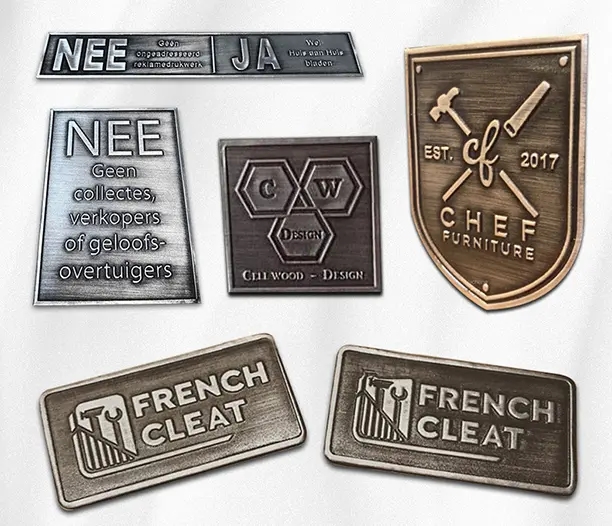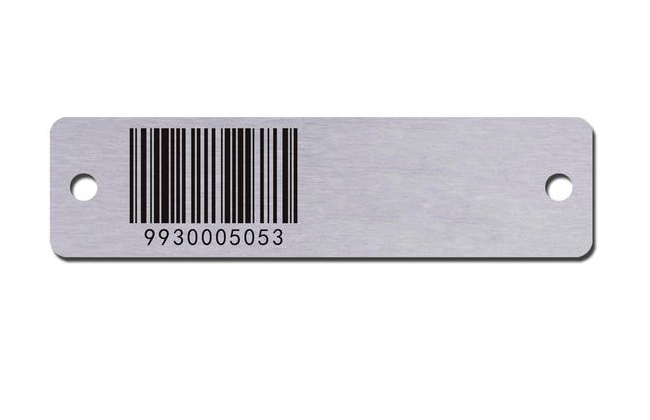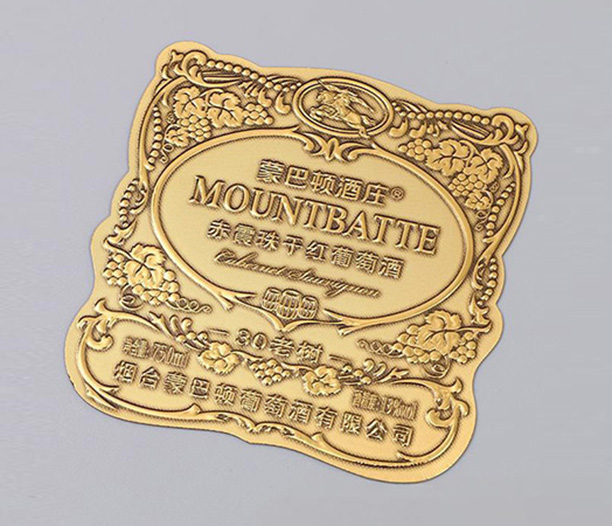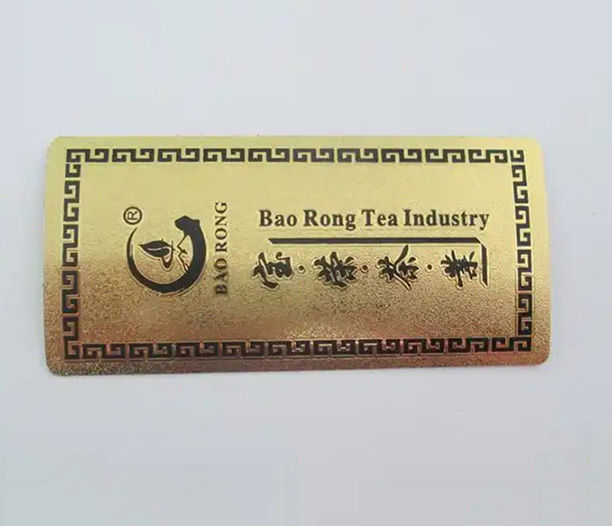In today's fast-paced business environment, efficient inventory management is crucial for success. Whether you're running a small retail store or a large warehouse, inventory barcode labels play a pivotal role in streamlining operations. These labels are not just simple stickers; they are powerful tools that encode data for quick scanning, tracking, and managing stock levels. With advancements in technology, selecting the right inventory barcode labels can significantly impact accuracy, reduce costs, and boost productivity. This article dives into practical insights, helping you navigate the world of inventory barcode labels, from types and costs to real-world applications. Plus, we'll highlight how brands like Hemawell are revolutionizing this space with innovative solutions.

What Are Inventory Barcode Labels and Why Do They Matter?
Inventory barcode labels are adhesive tags printed with machine-readable codes, such as UPC or QR codes, that store information about products, assets, or shipments. When scanned, these labels provide instant access to data like item descriptions, prices, and stock quantities. They are widely used in industries like retail, manufacturing, and logistics to automate tracking and reduce human error.
The importance of inventory barcode labels cannot be overstated. They enable real-time visibility into stock levels, minimize manual data entry, and enhance supply chain efficiency. For instance, a study by the Warehouse Education and Research Council found that businesses using barcode systems saw a 30% reduction in inventory discrepancies. By integrating inventory barcode labels, companies can improve order accuracy, speed up checkout processes, and make informed decisions based on up-to-date data.
Types of Inventory Barcode Labels: A Quick Comparison
When it comes to inventory barcode labels, not all are created equal. Understanding the different types helps in making an informed choice. Here's a breakdown of common categories:
Paper Labels: These are cost-effective and ideal for short-term use in environments without extreme conditions. However, they may not withstand moisture or abrasion well.
Synthetic Labels: Made from materials like polyester or polypropylene, these inventory barcode labels offer durability against water, chemicals, and temperature changes. They're perfect for warehouses or outdoor settings.
Direct Thermal Labels: These require no ribbon and are printed using heat. They're economical but can fade over time when exposed to light or heat, making them suitable for temporary applications.
Thermal Transfer Labels: Using a ribbon for printing, these inventory barcode labels provide long-lasting prints that resist smudging and environmental damage. They're often used in industries requiring permanent tracking, such as healthcare or automotive.
Each type has its pros and cons, so consider factors like lifespan, environment, and budget when selecting inventory barcode labels for your needs.
How to Select the Right Inventory Barcode Labels for Your Business
Choosing the best inventory barcode labels involves evaluating your specific requirements. Here are seven key tips to guide your decision:
Assess Your Environment: If your inventory is stored in humid or harsh conditions, opt for durable synthetic inventory barcode labels. For indoor, climate-controlled spaces, paper labels might suffice.
Determine Scan Frequency: High-traffic areas need labels with strong adhesive and scratch-resistant surfaces to maintain readability after multiple scans.
Consider Print Quality: Ensure the labels are compatible with your barcode printers. Thermal transfer labels often deliver sharper images, reducing scan errors.
Evaluate Cost vs. Longevity: While paper inventory barcode labels are cheaper upfront, investing in synthetic ones can save money long-term by reducing replacements.
Check Compliance Standards: In regulated industries like pharmaceuticals, verify that your labels meet specific guidelines for data encoding and durability.
Test Adhesive Strength: Labels must stick securely to various surfaces—from cardboard boxes to metal shelves—without peeling off.
Plan for Scalability: As your business grows, choose inventory barcode labels that can integrate with advanced systems, such as RFID or IoT-enabled tracking.
By following these steps, you can avoid common pitfalls and select inventory barcode labels that enhance efficiency.
Cost Factors and Pricing Insights for Inventory Barcode Labels
The cost of inventory barcode labels varies based on material, quantity, and customization. On average, basic paper labels might cost $0.01 to $0.05 per label, while durable synthetic ones range from $0.05 to $0.20 each. Bulk orders often come with discounts, making them more affordable for large-scale operations.
Additional expenses include printers, scanners, and software integration. For example, a thermal transfer printer could set you back $200 to $1000, but it pays off in reduced errors and labor costs. Brands like Hemawell offer competitive pricing bundles, including inventory barcode labels and compatible hardware, which can cut overall expenses by up to 20%. Remember, investing in quality inventory barcode labels upfront can prevent costly inventory mishaps down the line.

The Technology Behind Inventory Barcode Labels: Printing and Scanning Methods
Modern inventory barcode labels rely on sophisticated printing and scanning technologies. Printing methods include:
Direct Thermal Printing: Uses heat-sensitive paper, ideal for short-term labels in retail or shipping. It's efficient but less durable.
Thermal Transfer Printing: Employs a ribbon to melt ink onto the label, creating robust inventory barcode labels that last years in tough environments.
Scanning involves devices like handheld scanners or mobile apps that read barcodes using lasers or image sensors. Advances in AI and cloud computing now allow inventory barcode labels to sync with inventory management software, providing real-time updates. For instance, Hemawell's latest systems integrate with cloud platforms, enabling seamless tracking across multiple locations.
Real-World Applications and Benefits of Inventory Barcode Labels
Businesses across sectors leverage inventory barcode labels to drive efficiency. In retail, they speed up checkout and reduce stockouts. In healthcare, they track medical supplies, ensuring compliance and patient safety. A case study from a mid-sized distributor showed that after implementing Hemawell's inventory barcode labels, they cut inventory shrinkage by 15% and improved order fulfillment times by 25%.
The benefits extend beyond tracking: inventory barcode labels help in demand forecasting, reduce labor costs, and enhance customer satisfaction by ensuring product availability. They also support sustainability efforts by minimizing waste through accurate inventory counts.
Spotlight on Hemawell: Innovating Inventory Barcode Labels
Hemawell has emerged as a trusted provider of inventory barcode labels, offering a range of solutions tailored to diverse industries. Their labels feature high-quality materials, such as weather-resistant synthetics, and come with customizable options for size, color, and encoding. Hemawell's inventory barcode labels are designed to work seamlessly with their own scanning hardware and software, providing an end-to-end inventory management system. Customers report that Hemawell's products have improved their operational accuracy by over 30%, thanks to reliable adhesion and clear print quality.
Common Questions About Inventory Barcode Labels
Q1: What are the most durable types of inventory barcode labels for outdoor use?
A1: Synthetic labels, such as those made from polyester or vinyl, are highly durable for outdoor environments. They resist moisture, UV rays, and temperature fluctuations, making them ideal for warehouses or construction sites. Brands like Hemawell offer specialized outdoor inventory barcode labels that maintain readability in harsh conditions.
Q2: How can I ensure my inventory barcode labels are scannable over time?
A2: To maintain scannability, choose labels with high-contrast printing and protective coatings. Regular maintenance of scanners and storing labels in cool, dry places also helps. Thermal transfer inventory barcode labels are recommended for long-term use as they resist fading.
Q3: What's the average lifespan of inventory barcode labels?
A3: Lifespan varies by material. Paper labels may last 6-12 months, while synthetic inventory barcode labels can endure for several years. Factors like exposure to elements and handling frequency affect durability, so assess your environment before selecting.
Q4: Can inventory barcode labels be customized with company logos or colors?
A4: Yes, many suppliers, including Hemawell, offer customization options for inventory barcode labels. You can add logos, specific colors, or unique serial numbers to align with branding and tracking needs, though this may increase costs slightly.
Q5: How do inventory barcode labels integrate with inventory management software?
A5: Inventory barcode labels typically encode data that syncs with software via scanners or mobile devices. This integration allows for automatic updates to inventory databases, reducing manual entry. Most systems support common formats like CSV or API connections, enabling real-time tracking and reporting.
In conclusion, inventory barcode labels are indispensable for modern inventory control, offering a blend of affordability, technology, and versatility. By considering factors like type, cost, and application, you can optimize your processes and achieve tangible benefits. Whether you're a small business or a large enterprise, exploring options from providers like Hemawell can lead to smarter inventory solutions. Embrace these insights to make the most of your inventory barcode labels in 2025 and beyond.






